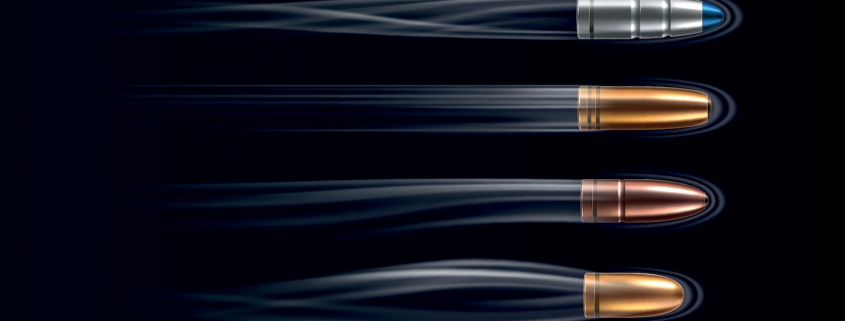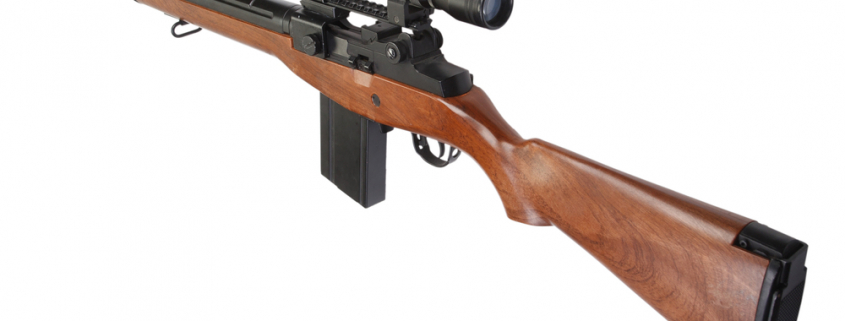Bullets, Rounds & Cartridges
Is it a bullet ? a round ? or a cartridge ?. These names are often used incorrectly so let’s look at a good way to describe it all.
A bullet is a projectile that can be made of metal alloy or lead.
A round of ammunition comprises the bullet, case (usually brass but can be steel) , powder and a primer. A round of ammunition is used in rifles and is most often bought in a box of 20. Most clubs collect the spent cases for re-use or re-cycle so please do collect them up to support your club.
Generally speaking a cartridge is the name for the ammunition that is used in shotguns. A cartridge comprises a case, wad, primer, powder and the shot. Cartridges are most often bought in boxes of 25. The wad may be fibre or plastic. Generally speaking, cartridges with fibre wads are used for game shooting (they are less harmful to grazing animals and they bio-degrade so they do not necessarily need to be cleared up after a shoot.) Plastic wads are used on Sporting grounds and competitions. On all shoots there should be bins for the used cases, so do clear them up so that the shooting grounds can send them off for re-cycling into a variety of stuff.
Trivia: I was once told that many years ago you could swap a .45LC cartridge for an ounce of whiskey. Hence the term a “shot of whiskey”..


